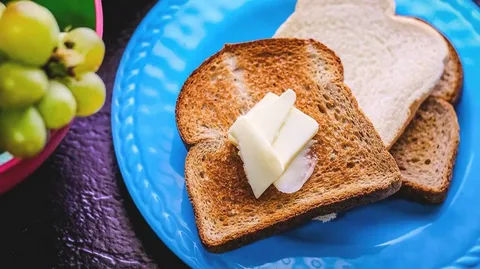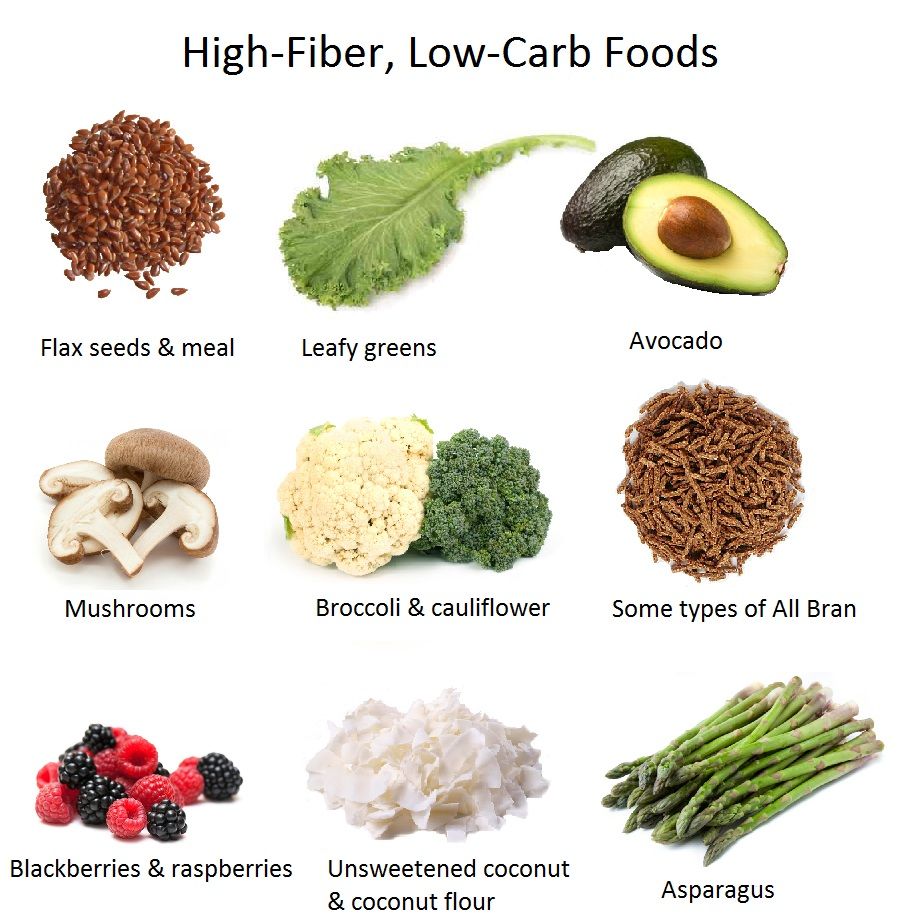Understanding Bread
Bread is a basic food made from flour, water, yeast, and salt, with various other ingredients sometimes added for flavor and texture. It can be leavened or unleavened, and its texture can range from soft and fluffy to dense and chewy. Bread is a significant source of carbohydrates and provides energy to fuel our bodies.
Nutritional Content of Bread
The nutritional content of bread can vary depending on factors such as the type of flour used, additional ingredients, and portion size. However, here are the general nutritional characteristics of bread
Carbohydrates
Bread is primarily composed of carbohydrates, which provide the body with energy. The type of carbohydrates in bread can range from simple sugars to complex carbohydrates, depending on the type of flour used.
Protein
Bread contains some protein, although the amount can vary depending on the type of flour and whether additional protein sources, such as seeds or nuts, are added.
Fiber
Whole grain breads are a good source of dietary fiber, which is important for digestive health and can help regulate blood sugar levels and cholesterol.
Vitamins and minerals
Some breads are fortified with vitamins and minerals, such as iron, calcium, and B vitamins, to enhance their nutritional value.
Types of Bread
There are many different types of bread, each with its own unique characteristics and nutritional profile. Some popular types include
White bread
Made from refined flour, white bread is soft and fluffy in texture but lacks the fiber and nutrients found in whole grain breads.
Whole grain bread
Made from whole grain flour, whole grain breads retain the bran and germ of the grain, making them higher in fiber, vitamins, and minerals than white bread.
Multigrain bread
Multigrain breads contain a variety of grains, seeds, and nuts, providing a diverse range of nutrients and flavors.
Sourdough bread
Sourdough bread is made using a fermented dough starter, which gives it a tangy flavor and may make it easier to digest for some individuals.
Gluten-free bread
Gluten-free breads are made from alternative flours such as rice flour, almond flour, or tapioca flour and are suitable for individuals with gluten intolerance or celiac disease.
Health Benefits and Drawbacks of Bread
Bread can be part of a healthy diet when consumed in moderation and as part of a balanced meal plan. Here are some potential health benefits and drawbacks of bread
Health benefits
Provides energy
Bread is a convenient source of carbohydrates, which provide the body with energy for daily activities and exercise.
Source of fiber
Whole grain breads are a good source of dietary fiber, which can help promote digestive health and reduce the risk of chronic diseases such as heart disease and type 2 diabetes.
Nutrient-rich
Some breads are fortified with vitamins and minerals, making them a convenient way to boost nutrient intake, especially for individuals with nutrient deficiencies.
Drawbacks
High in refined carbohydrates
White bread and other refined grain products can be high in refined carbohydrates, which can cause spikes in blood sugar levels and contribute to weight gain if consumed in excess.
Potential for additives
Some commercially produced breads may contain additives such as preservatives, dough conditioners, and sweeteners, which may be undesirable for some individuals.
Gluten sensitivity
Some individuals may be sensitive to gluten, a protein found in wheat and other grains, and may experience digestive symptoms or other adverse effects from consuming bread containing gluten.
Making Healthier Bread Choices
When choosing bread, consider the following tips to make healthier choices
Opt for whole grain
Choose whole grain breads whenever possible, as they are higher in fiber and nutrients than refined grain breads.
Read the ingredient list
Choose breads with simple, recognizable ingredients and avoid those with added sugars, artificial additives, and preservatives.
Watch portion sizes
Be mindful of portion sizes when consuming bread, as large portions can contribute excess calories and carbohydrates to your diet.
Experiment with alternatives
Explore alternative grain and seed-based breads, such as rye, spelt, quinoa, or flaxseed breads, for variety and added nutritional benefits.
Frequently Asked Questions (FAQs)km
Is bread bad for weight loss?
Bread can be part of a balanced diet for weight loss when consumed in moderation and as part of a calorie-controlled meal plan. Opting for whole grain breads and watching portion sizes can help support weight loss goals.
Can bread cause bloating and digestive issues?
Some individuals may experience digestive issues such as bloating or discomfort after consuming bread, especially if they have gluten sensitivity or intolerance. Choosing gluten-free or sourdough breads may be better tolerated for some individuals.
Is white bread unhealthy?
While white bread is lower in fiber and nutrients compared to whole grain breads, it can still be enjoyed in moderation as part of a balanced diet. However, choosing whole grain breads more often can provide greater nutritional benefits.
Can bread be part of a gluten-free diet?
Yes, there are many gluten-free bread options available that are made from alternative flours such as rice, almond, or tapioca flour. These breads are suitable for individuals with gluten intolerance or celiac disease.
Is bread a good source of protein?
While bread contains some protein, it is not considered a significant source compared to other protein-rich foods such as meat, fish, eggs, and legumes. However, some breads may be fortified with additional protein sources such as seeds or nuts.
Can bread be frozen for later use?
Yes, bread can be frozen for later use to extend its shelf life. Simply wrap it tightly in plastic wrap or aluminum foil and store it in the freezer for up to several months. Thaw bread at room temperature or in the refrigerator before consuming.
Conclusion
Bread can be part of a healthy diet when chosen wisely and consumed in moderation. Whether you prefer whole grain, multigrain, or gluten-free options, there are many bread varieties available to suit different tastes and dietary preferences. By making informed choices and paying attention to portion sizes, you can enjoy the convenience and versatility of bread while supporting your overall health and well-being. So go ahead, toast up a slice of your favorite bread, and savor every bite knowing that it can be a nutritious and delicious addition to your meals!
Top of Form
- Is Bread Bad for You? Nutrition Facts and More - April 23, 2024
- Are Mushrooms Good for You? - April 23, 2024
- How Green Tea Can Help You Lose Weight - April 23, 2024





